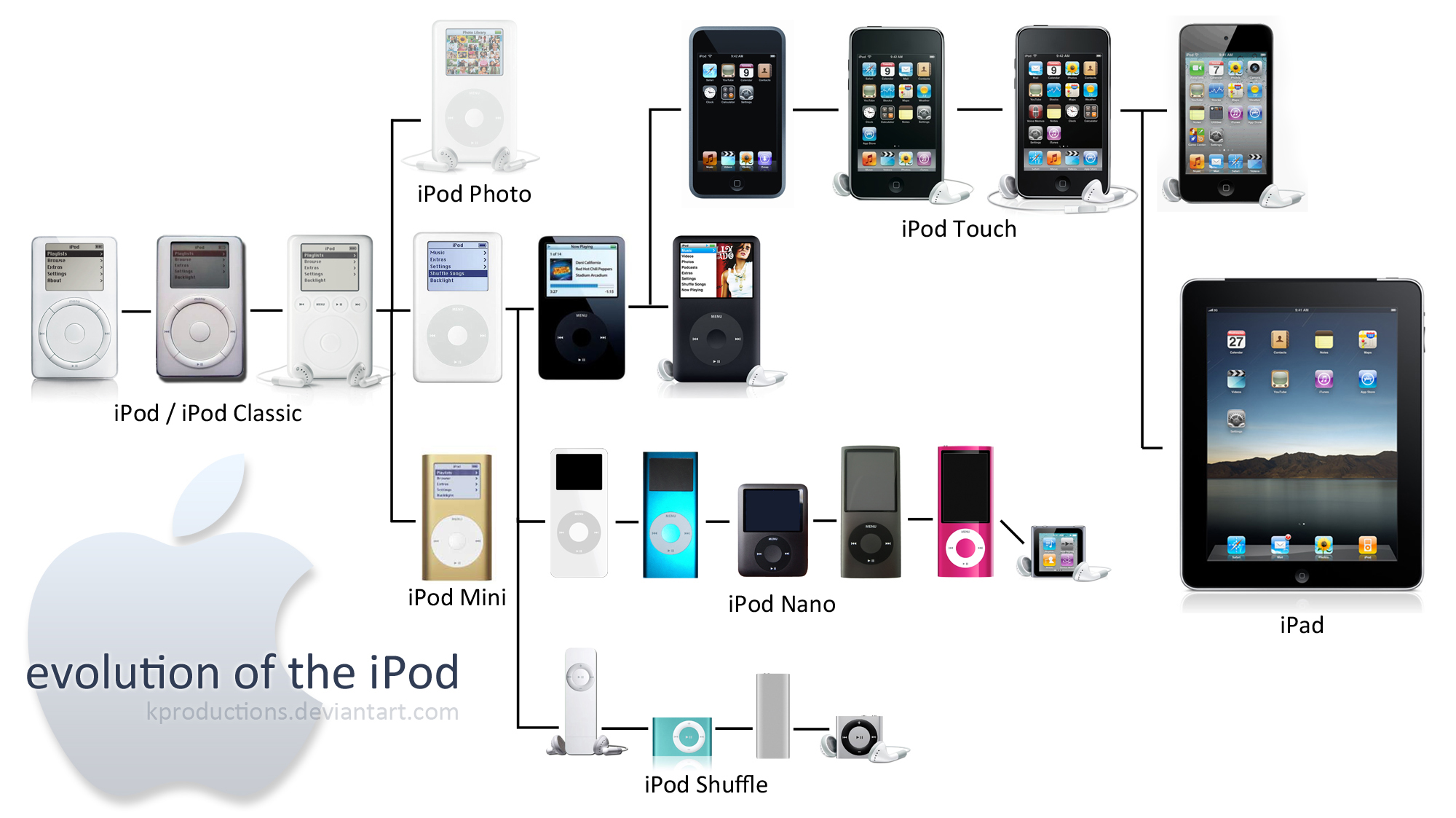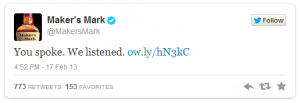Retail shopping can be a man’s worst nightmare, and an IKEA store in Australia has cleverly addressed this problem through an interesting marketing strategy – creating a daycare for men. The space has sports playing non-stop on flat-screen TVs, pinball machine and foosball table, and basically offers a hangout place for men to enjoy hotdogs and mingle with each other while their significant others can spend their time freely choosing furniture. The men will then be picked up by their wives and girlfriends as the buzzer sounds after 30 minutes. In this article by The Week, sales associates believe this idea will be a great success, but reactions appear to be mixed from various magazines. Supporters believe
 this will relieve men from the tortuous experience of going through the labyrinth in an IKEA store, while opponents think this will only reinforce the twisted conception that only women “can do stuff like laundry” and may “set gender equality back by three decades”. The attached news video showed that men seemed to support the idea, and from a marketing standpoint, I believe this will be a successful strategy if implemented in other IKEA stores as well. I understand the ethical implications voiced, but I believe they are exaggerated and will ultimately not hinder the strategy because it actually serves the needs of the customers. Ideally, both men and women would enjoy shopping at an IKEA store together, but the reality is that many men do not enjoy the experience, and by providing a space for them to willingly and happily “wait” for their partners, IKEA sets itself apart from other furniture stores. More importantly, I admire the fact that IKEA is already a powerhouse in this industry but still continues to create and implement creative marketing strategies to further its competitive edge. This desire to pioneer marketing strategies before losing the competitive edge is crucial in today’s market, where needs and wants are greatly dynamic and competition is fierce in many industries.
this will relieve men from the tortuous experience of going through the labyrinth in an IKEA store, while opponents think this will only reinforce the twisted conception that only women “can do stuff like laundry” and may “set gender equality back by three decades”. The attached news video showed that men seemed to support the idea, and from a marketing standpoint, I believe this will be a successful strategy if implemented in other IKEA stores as well. I understand the ethical implications voiced, but I believe they are exaggerated and will ultimately not hinder the strategy because it actually serves the needs of the customers. Ideally, both men and women would enjoy shopping at an IKEA store together, but the reality is that many men do not enjoy the experience, and by providing a space for them to willingly and happily “wait” for their partners, IKEA sets itself apart from other furniture stores. More importantly, I admire the fact that IKEA is already a powerhouse in this industry but still continues to create and implement creative marketing strategies to further its competitive edge. This desire to pioneer marketing strategies before losing the competitive edge is crucial in today’s market, where needs and wants are greatly dynamic and competition is fierce in many industries.
Monthly Archives: April 2013
Apple promoted a new way of life…then came Red Bull!
In the 80s, Apple was successful with its production of Macintosh. In the 90s, Apple declined massively and at one point disappeared from the market almost completely. Then, the revival began with the introduction of the i-series products – the iMac, iPod, iPhone, iPad, etc. But what’s magical is not the sales of the products, but rather, their influence in the public through the brilliant marketing strategy behind Steve Jobs and his crew. The design, creativity, and an emphasis on perfection have led Apple products to become synonymous with cutting edge technology, modern lifestyle, and fashion. They became part of life and identity; in fact, followers of Apple resembled more of a cult and religion than a normal customer base. This is marketing at its finest – transforming a non-essential, replaceable product to an essential part of life like air and water. In short, Apple has transcended technology into life.

Red Bull, known as a popular energy drink, has quietly found similar success as Apple. It became more than an energy drink – it became synonymous with extreme activities and record-breaking accomplishments. An article by James O’Brien on mashable.com explained its strategy, called “content marketing”. It described content marketing as a story-telling strategy – in place of an advertisement – that attracts customers. Rather than marketing around and about the drink, the company markets around contents that are not directly correlated to the drink. This attracts and keeps customers engaged, and more importantly, significantly enhances brand awareness. However, Red Bull – an extremist itself – took the strategy to an extreme level. It does not simply tell a story – it creates extreme stories. It has become a massive publisher in print, television, internet, film, and even music, and has even become a developer of formula race cars, gliders, and space launching equipments. Apple may have created a cult, but Red Bull has created a world – a world where anything is possible: 1080 spin of a skateboarder, flying off the cliff in a wingsuit, and freefall from the edge of space.
An article by James O’Brien on mashable.com explained its strategy, called “content marketing”. It described content marketing as a story-telling strategy – in place of an advertisement – that attracts customers. Rather than marketing around and about the drink, the company markets around contents that are not directly correlated to the drink. This attracts and keeps customers engaged, and more importantly, significantly enhances brand awareness. However, Red Bull – an extremist itself – took the strategy to an extreme level. It does not simply tell a story – it creates extreme stories. It has become a massive publisher in print, television, internet, film, and even music, and has even become a developer of formula race cars, gliders, and space launching equipments. Apple may have created a cult, but Red Bull has created a world – a world where anything is possible: 1080 spin of a skateboarder, flying off the cliff in a wingsuit, and freefall from the edge of space.

The enjoyable experience I had with COMM296
Marketing may not be the field I am striving for, but I sure had fun in this class doing the assignments with my marketing team. We first had to choose a company to make a marketing plan for. We chose Zara as our company because it is a company that the majority of our team personally use and enjoy, thus researching for this company was something intriguing.
The first assignment required a deep analysis of our company. Though a lot of writing and researching were involved, we got to learn much more about Zara than as simple consumers of their products. We discover how Zara distinct themselves from all their competitors; leading edge model of “fast-fashion” and no advertising. They design, manufacture, and deliver their new trendy products to their stores within weeks from the latest fashion show. I was unaware of all these interesting facts about Zara until I had to do this assignment.
The remaining two assignments were the beginning of all the fun experience I had with this project. We had to choose our target segment and create a positioning statement for Zara – the beginning of our marketing strategy. I felt like we were making a real marketing plan that Zara can use. This motivated me to put a lot of effort in making our Zara video. The learning process in both about Zara and the video editing program was really enjoyable. Unlike group projects for other courses, our meetings at the media lab were very interactive. We often kept tabs on each other, reviewed on our process, and tweaked the video effects bit by bit. Our marketing video was truly a team effort!
The Power of Social Media
Nowadays, our lifestyles are more technologically dependent than ever with the increasing usage of online shopping, blogging, and particularly, social media. Social media have redefined means of communications and human interactions, and savvy marketing gurus recognize this phenomenon and use it to their advantage. Two social media giants that companies have adapted into their marketing strategies are Facebook (1 billion active users) and Twitter (200 million active users). Through these services, companies are able to collect customer feedbacks or suggestions in real-time through status updates and tweets, granting them the flexibility and directions to make decisions and changes tailored towards customers’ preferences. A great blog post by David Gianatasio on AdFreak.com about the recent customer protest against the dilution of Maker’s Mark whiskey illustrates how the power of social media can influence marketing decisions.
In response to the growing demand for their whiskey in the US and certain foreign markets, Maker’s Mark whiskey decided to lower their alcohol content from 45% to 42%. Though it may not have too much of a difference in taste, customers protested on Twitter and Facebook against the dilution , claiming that it would affect the taste. The amount of responses on Twitter was seen to be “overwhelming” says Maker’s Mark COO Rob Samuels; hence, they withdrew the decision to lower the alcohol content. Social media also provide companies a new mean to communicate personally with their customers, fostering a sense of community and establishing virtual bonds – a marketing strategy that builds loyalty to retain customers and promote positive word of mouth as advertisements. Maker’s Mark fully seized the opportunity to do exactly that, emphasizing that the brand “belongs” to the customers and credits the brand’s success solely to them. Below are pictures of Maker’s Mark response on Facebook and Twitter – “You spoke. We Listened”.
Evidently, social media services have become a critical platform for customers’ opinions to be shared, heard, and analyzed. As more companies incorporate these services like Facebook and Twitter for customers’ feedbacks and interactions, the more important it is to understand and appreciate the online community as it allows companies to tailor their products and decisions to match customers’ need.


